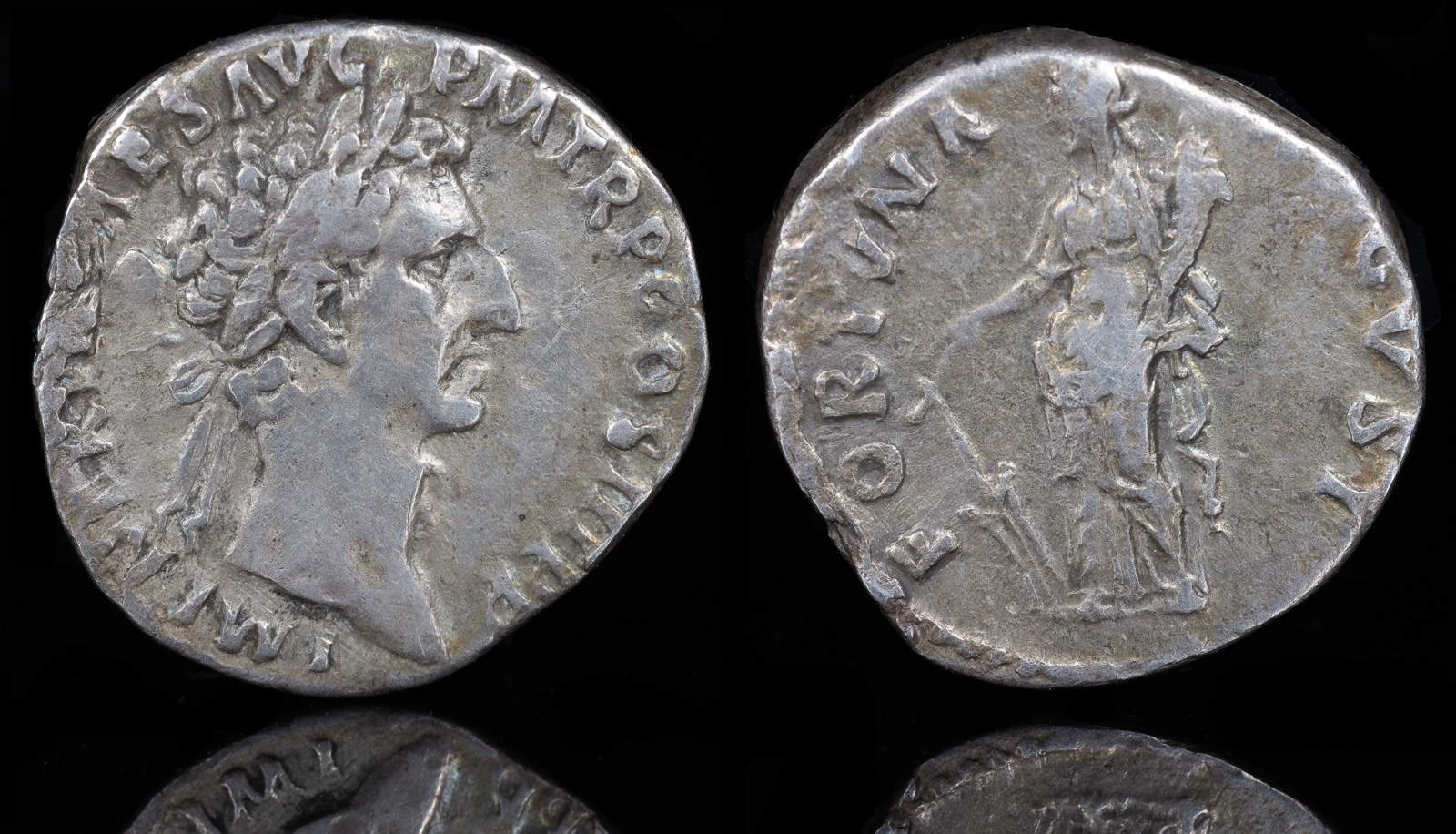Fortuna
View All Tags
Fortuna was often depicted as a young woman with a cornucopia (a symbol of abundance) and a rudder or wheel, representing her control over the changing fates of individuals and states. The wheel of Fortuna was particularly significant, symbolizing the cyclical rise and fall of human fortunes—how a person’s luck could change in an instant, from prosperity to disaster. This imagery resonated strongly with Romans, who understood that power, wealth, and success were often as unpredictable as they were fleeting. The wheel of fortune became a metaphor for the ever-turning forces of fate, with people rising to the top one moment only to fall the next, underscoring the uncertainty of life.
Fortuna’s role as a patroness of luck made her a crucial figure in daily Roman life. She was invoked in matters of both public and private significance, including military campaigns, political endeavors, marriage, and commerce. Emperors often sought her favor before embarking on battles or important ventures, and many established temples in her honor, the most famous being the Temple of Fortuna Primigenia at Palestrina, which was dedicated to her as the goddess of first-born fortune and the guiding force of the state’s prosperity. Fortuna’s dual nature as a bringer of both good fortune and misfortune meant that she was seen as an unpredictable but essential force in the lives of all Romans, and her worship reflected the deep understanding of life’s uncertainties.
In Roman coinage, Fortuna was frequently depicted as part of the imperial imagery, especially during times of military conquest or political stability. Emperors and military leaders would often attribute their successes to her favor, and coins minted during prosperous times would often feature Fortuna with symbols of abundance and victory, such as the cornucopia. On the other hand, during times of crisis or military defeat, Fortuna’s image could serve as a reminder of the fickleness of fate and the need for humility before the forces beyond human control.
Fortuna’s influence extended even further into Roman philosophical and literary thought, especially in the works of Cicero, Seneca, and Boethius, who explored the philosophical implications of luck and fate. In these discussions, Fortuna was sometimes viewed with suspicion as an unpredictable and uncontrollable force, yet she was also acknowledged as an inevitable part of the human experience. The concept of Fortuna thus bridged the gap between religion, philosophy, and daily life, illustrating the Roman people’s complex relationship with the forces of chance and their efforts to seek favor and understanding in a world where fortune often seemed to dictate the course of events.

Nerva AR Denarius
Rome, AD 97
2.88g, 17mm, 7h.
IMP NERVA CAES AVG P M TR P COS III P P, laureate head to right / FORTVNA AVGVST, Fortuna standing facing, head to left, holding cornucopiae and rudder
RIC II 16; BMCRE 37; RSC 66.
Ex collection of Z.P., Austria
Ex Roma